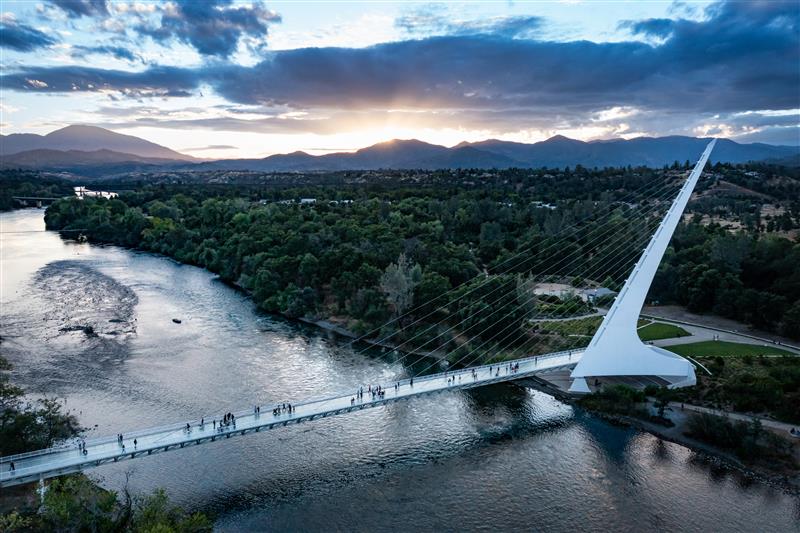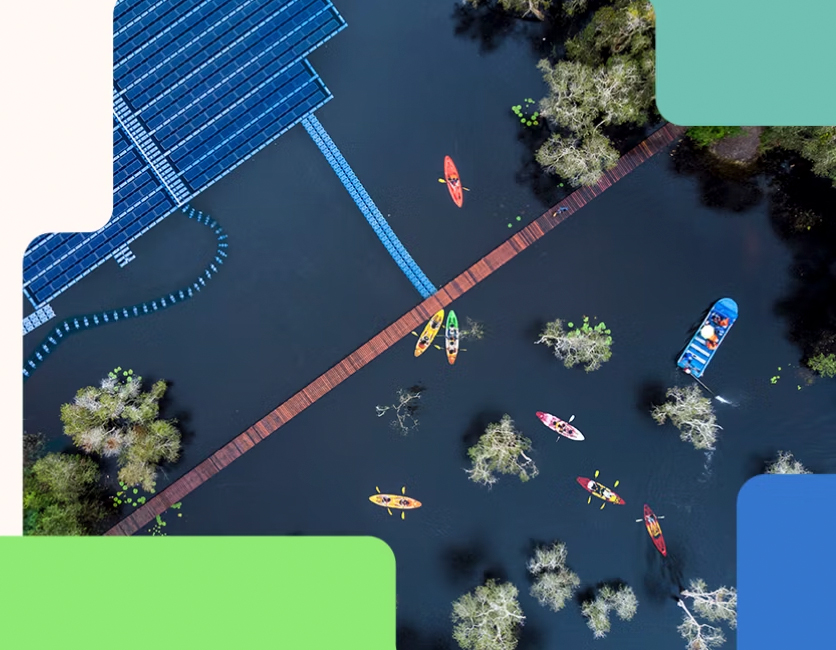Sustainability
Microsoft Datacenter Sustainability
In 2020, Microsoft set ambitious goals to become carbon negative, water positive, and zero waste and to protect more land than we use by 2030.
We have hundreds of datacenters worldwide and are continuing to grow to meet the needs of our customers. As we grow our cloud’s physical footprint, we are doing so in a way that contributes to a sustainable future, advancing community prosperity and well-being, and operating responsibly as a good neighbor.

In Our Datacenters
Carbon
Microsoft is working toward being carbon negative by 2030 and by 2050 to remove from the atmosphere an equivalent amount of all the carbon dioxide our company has emitted either directly or by our electricity consumption since we were founded in 1975.
In our datacenters, we’re looking at ways to reduce our carbon footprint through lower embodied carbon building materials[1], using energy more efficiently, and procuring renewable energy.
[1]Building materials that have lower cradle-to-gate greenhouse gas emissions compared to conventionally-produced or manufactured building materials, often achieved by using alternative feedstocks, energy, and/or processes.

Discover the latest on carbon
Water
Microsoft’s goal is to be water positive by 2030. Our approach to water positive includes:
- Reducing water use intensity across our global operations
- Replenishing more water than we consume across our global operations
- Increasing access to water and sanitation services for people across the globe
- Driving innovation to scale water solutions
- Advocating for effective and innovative water policy
We use water to cool our datacenters. To be water positive, we’re innovating on water consumption and management to evaluate how water is used from the physical datacenter buildings all the way to the chip level. At nearly every stage of operation, we look at how to conserve water and how to reduce total water needed.

Discover the latest on water
Waste
As a company that manufactures devices, builds campuses and datacenters, and uses manufactured goods in our operations, we’ve committed to programs driving responsibly designed and sourced materials and are taking an increasingly circular approach to reach our target of zero waste by 2030.
In datacenters, we target preventing waste first, then focus on reusing and recovering materials. This includes reusing and recycling construction and demolition waste, diverting operational waste, and advancing circular cloud hardware and packaging.

Discover the latest on waste
Ecosystems
In 2020, Microsoft set a goal to permanently protect more land than we use by 2025. Additionally, we’re committed to being good stewards of the land we use – as well as going beyond our own operations and actively working to protect the environmental health of the communities that host our datacenter operations and where our employees live and work.
Our datacenters operate all over the globe in different climates, weather patterns, and geographies. Understanding how we can design, build, and operate datacenters to be a part of the local ecosystem helps us minimize impact and reduce the natural resources we use.

Discover the latest on ecosystems
Follow along on our journey
Story of the Day
Explore the latest sustainability news and solutions on our Microsoft Sustainability blog

Accelerating Sustainability
Explore Microsoft’s company-wide approach to carbon negative, water positive, zero waste, and protecting more land than we use

Microsoft Cloud for Sustainability
Learn more about how Microsoft’s solutions can help you drive sustainability with a powerful, AI-enabled environment—so you stay agile as the world changes

